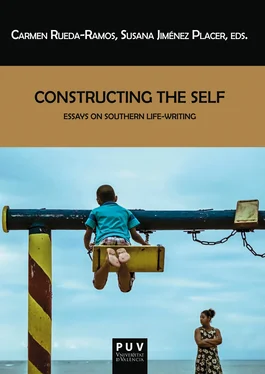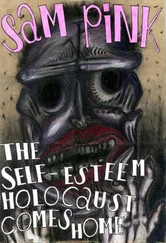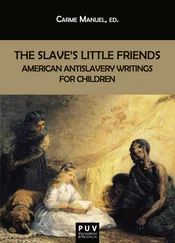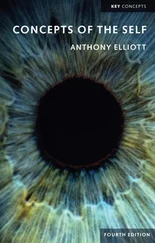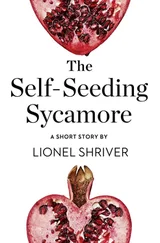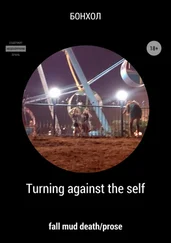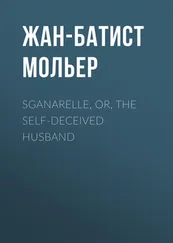The truth-value of autobiography is a problem for historians who want to draw on the rich autobiographical literature of the American South—so much so that historian Jennifer Jensen Wallach has devoted an entire book to the subject. Wallach argues provocatively in Closer to the Truth than Any Fact: Memoir, Memory, and Jim Crow that it is precisely the most fabricated elements of autobiography—its literary techniques such as imagery and metaphor—that make it uniquely valuable for capturing the intricate realities of a Jim Crow society that can be difficult for later generations to comprehend.
Along with historians of Jim Crow, historians of childhood have a particular need for an answer to the question of how autobiographical source materials can best be approached. Children leave few historical sources and almost none that capture what they were thinking and feeling when they were very young. By the time they are able to write letters, diaries, and other first-person accounts, which rarely survive anyway, “children” are actually much more like adults in many respects than they are like the infants or toddlers they—and every human being who has ever lived—once were. In the absence of child psychologists or other interested on-the-spot observers, only retrospective sources like autobiography and oral history can provide insights into the subjective experience of growing up.
As necessity is the mother of invention, a desire to understand what it meant to grow up Jim Crow can help illuminate a historical approach to autobiographical source material that is at once pragmatic and sophisticated and also somewhat different from Wallach’s literary analysis. 1 The first step is to emphasize a word Kevin Gaines uses: drama. It is also important to think critically about the nature of memory and to look for patterns across the broad genre of southern life-writing.
First, drama. Gaines identifies black autobiographers’ dramas of “social equality,” but dramas of social inequality is a more straightforward term. As historian Nell Irvin Painter explains, “social equality” was white southerners’ catch-phrase for any kind of association as equals among blacks and whites—a kind of association that was not supposed to happen for fear that it would lead to “race mixing” and, worst of all from most white southerners’ point of view, sexual relationships between white women and black men. Thus, “‘social equality’ existed only in the negative” in the South, Painter writes (53). Social in equality—how race prejudice permeates the whole American social organism—was the lesson black children were forced to learn and the lesson black autobiographers regularly recount.
None did so more self-consciously than Walter White, who was born in Atlanta in 1893 and served as Executive Secretary of the National Association for the Advancement of Colored People (NAACP) from 1931 until his death in 1955. White’s 1948 autobiography A Man Called White begins with a classic drama of social inequality. Titling his first chapter “I Learn What I Am,” he describes his experience of the terrible Atlanta race riot of 1906, when he was thirteen years old. He claims to have gained a “great awareness” of himself as “a Negro” when he aimed a shotgun at a white mob that was about to burn down his family’s home (11). Although gunfire from a neighboring building quickly scattered the advancing mob, this sense of self-recognition lingered. White says his identity as “a Negro” was “all just a feeling then, inarticulate and melancholy.” But it was a reassuring feeling “in the way that death and sleep are reassuring”: immutable, unshakeable, something he would cling to for the rest of his life (12).
The truthfulness problem is that there was actually no shotgun. As Kenneth Janken explains in his biography of White, “[t]he shotgun made its first appearance in a 1930 profile of White by Heywood Broun in The Nation ” and was nowhere to be found in White’s “first extant account of the mob menacing his home” in a 1927 letter (17). Moreover, White’s mother and sisters remembered the story differently. As his sister Alice wrote in response to the 1930 profile, she read the article in The Nation “with much amusement. Where did the shot-gun come from?” White seems to have had no deliberate intention to deceive his readers when he included the shotgun in his autobiography. He told his mother in a letter that his “memory was quite definite on the matter of the guns” (Janken 17). Nevertheless, White’s mother and sisters are more reliable because they had less invested in the issue of whether or not there was a gun. As Janken concludes:
The keys to understanding fully why Walter White fabricated the armed defense of his house—when the truth of his involvement was both heroic and horrific enough—lie properly in his adult efforts to raise his national profile. He wanted to show whites that black men (including himself) were just like white men in their determination to be brave protectors of the family, and he wanted to stifle the rumblings of his black critics who questioned his race loyalty. (17-18)
So, while the Atlanta riot was undoubtedly an important moment in young Walter White’s life, the obvious fictions in his autobiographical accounting of it would seem to compel a historian to focus on the literary aspects, rather than any truth-value, of such dramas of social inequality. Or, as Sidonie Smith and Julia Watson explain in Reading Autobiography , “life narrative cannot be reduced to or understood only as historical record. While autobiographical narratives may contain information regarded as ‘facts,’ they are not factual history about a particular time, person, or event. Rather, they incorporate usable facts into subjective ‘truth’” (13).
This is where the importance of looking for patterns in southern life-writing becomes evident. Black autobiographers are not the only southerners who narrate dramas of social inequality. Whites who dissented from Jim Crow orthodoxy often tell these kinds of stories as well, in both autobiography and oral history. The impulse that Fred Hobson has described as white southerners’ “rage to explain” the South’s social system and their place within it has often manifested itself in autobiographical accounts of childhood events much like the ones African American autobiographers recount, but with the roles reversed. Rather than experiencing the pain and confusion of racial subordination, white children learned to inflict it, often first on black nurses and playmates. Like black-authored dramas of social inequality, whites’ stories reveal the extent to which race and other categories of identity, particularly gender and class, were inextricably linked and learned in tandem. And, like black autobiography, white southern life-writing often has an explicit political intent. For white southerners who went on to challenge all or part of the Jim Crow system as adults, usually as a result of some adult moral or political transformation, an account of their “typical” southern upbringing served not only to show how much their own racial attitudes had changed but also to suggest that if they could change, so could other white southerners and so, ultimately, could the South.
Primarily the concern of white southern liberals and radicals, white-authored dramas of social inequality appeared with increasing frequency during and after the Civil Rights movement of the 1950s and 1960s. Many describe post-World War II childhoods, but as historian Melton McLaurin (author of his own racial coming-of-age story, Separate Pasts ) points out in “Rituals of Initiation and Rebellion: Adolescent Responses to Segregation in Southern Autobiography,” the majority of all southern autobiographies that have appeared from national and academic presses since 1940 have “rejected racism” (24 n. 4). A number of autobiographies describe late nineteenth-century and early twentieth-century childhoods and present whites’ own versions of dramas of social inequality. One of the best known of these earlier memoirs is Lillian Smith’s influential 1949 autobiography Killers of the Dream .
Читать дальше
